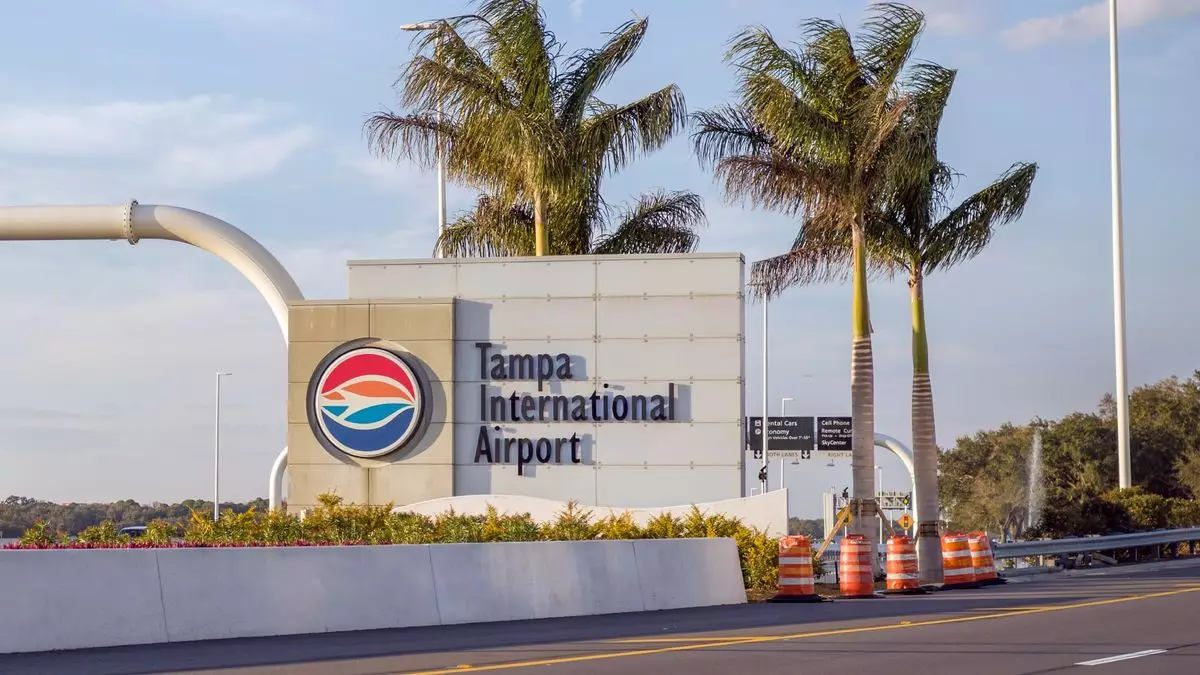The passage of Hurricane Milton through Florida has left significant disruptions in its wake, particularly for the state’s critical air travel infrastructure. As a powerful Category 3 storm making landfall on Siesta Key, just south of Sarasota, Milton wreaked havoc not only on the coastal landscape but also on the operations of several major airports. With thousands of flights canceled and closures enforced, the state has rallied for recovery.
As of Friday morning, October 11th, both Tampa International Airport (TPA) and Orlando International Airport (MCO) have announced their plans to reopen after thorough damage assessments. MCO will begin receiving select arrivals on Thursday evening, gradually transitioning to full operations by Friday. Moreover, Orlando Sanford International Airport is also set to reopen Friday, signaling a return to some level of air travel normalcy.
The proactive steps taken by these airports reflect a deep commitment to the safety of their passengers while also prioritizing the restoration of services that are essential for the local economy and travelers alike. Regular updates have been promised, with social media channels serving as the primary means for informing the public about ongoing recovery efforts.
The aftermath of Hurricane Milton saw a staggering number of flight cancellations, reportedly affecting over 2,200 flights on Thursday alone—a reminder of how a natural disaster can paralyze travel logistics. Palm Beach Airport managed a swift reopening on Thursday afternoon, showcasing resilience amid adversity. However, both Fort Myers and Sarasota airports declared extended closures, with Fort Myers maintaining its closure throughout Thursday and Sarasota Airport, located a mere 12 miles from the storm’s landfall, opting for a cautious approach by remaining shuttered until Friday.
Meanwhile, Melbourne Airport, situated on Florida’s central east coast, has reported damage to its roof but has expressed optimism about resuming operations by Friday morning. Such assessments underscore the varied degrees of damage faced by different airports, indicative of the storm’s unpredictable trajectory and strength.
Beyond the operational impacts on airports, the broader community faces the challenge of recovery. The cleanup teams are diligently working not only to clear runways and manage debris but also to restore confidence within the traveling community. The collaboration across various agencies and airport authorities highlights a unified response to the storm’s aftermath.
In the larger perspective, these recovery efforts are critical as they represent not just an immediate response to infrastructural needs, but also a long-term strategy for rebuilding and preparing for potential future disasters. As these airports reopen, it will be essential for travelers to remain informed, cooperate with recovery protocols, and support local businesses that have suffered due to the storm.
The reopening of having major Florida airports back in operation after Hurricane Milton serves as a beacon of hope for residents and travelers alike. While the path to recovery is fraught with challenges, the resilience demonstrated thus far emphasizes the strength of community and the aviation sector’s role in facilitating recovery. As clean-up operations continue and further assessments are conducted, there remains a shared commitment to restoring normalcy across the region.


Leave a Reply